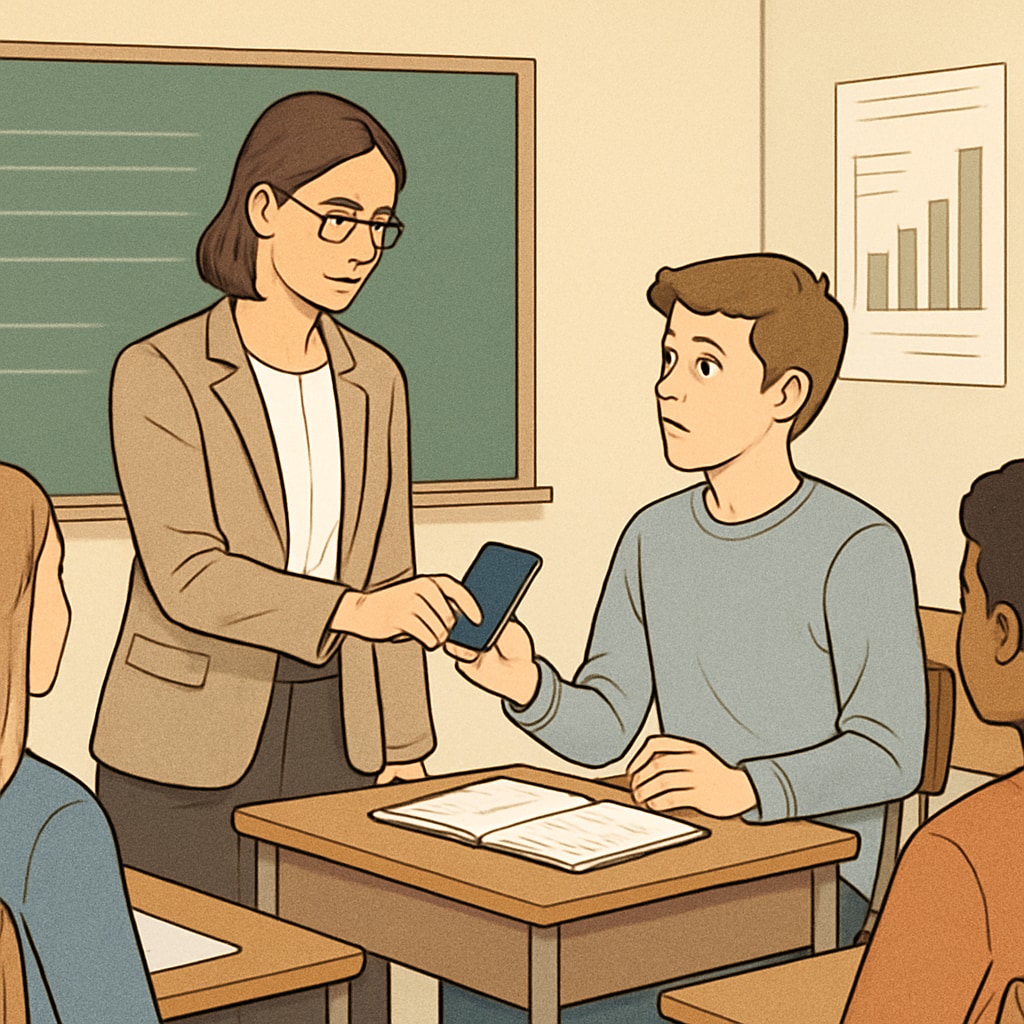In recent years, mobile phone bans in schools have gained traction as a solution to several pressing concerns, including school safety, the misuse of educational resources, and student privacy. While these measures appear to address immediate distractions and security risks, they raise important questions: Are mobile phone bans truly solving the root issues in K-12 education? Or are they merely a Band-Aid over deeper systemic problems? This article evaluates the impacts of mobile phone bans from multiple perspectives and proposes forward-thinking alternatives that align with modern educational needs.
Understanding the Rationale Behind Mobile Phone Bans
Mobile phone bans are often justified on the grounds of promoting school safety, reducing distractions, and safeguarding student privacy. Proponents argue that smartphones contribute to cyberbullying, disrupt classroom focus, and risk exposing sensitive student data. For example, cyberbullying can escalate in school environments where mobile usage is unchecked. Additionally, teachers often report that students struggle to concentrate when their phones are within reach.
However, critics of these policies argue that banning phones outright fails to acknowledge their educational potential. Smartphones, when used responsibly, can serve as valuable tools for research, collaboration, and skill-building. For instance, apps that facilitate language learning or virtual experiments demonstrate how technology can complement traditional teaching methods.

The Limitations of Mobile Phone Bans in Addressing Core Educational Issues
While mobile phone bans may reduce surface-level distractions, they do not address deeper issues within the education system. For example:
- Outdated Curriculums: Many schools still rely on teaching methods that fail to engage digital-native students effectively.
- Inequitable Access to Technology: Banning phones does not solve disparities in access to educational resources, especially for students from underprivileged backgrounds.
- Teacher Training: Educators may lack the training to integrate technology effectively into their lesson plans, making phones appear more disruptive than they need to be.
Additionally, the enforcement of mobile phone bans can raise questions about students’ rights to privacy. Confiscating devices or monitoring their usage might inadvertently violate personal boundaries, creating tension between school authorities and students.

Exploring Inclusive Alternatives to Mobile Phone Bans
Rather than imposing blanket bans, schools could adopt more inclusive and balanced policies that leverage technology for educational benefit. Here are some potential strategies:
- Technology Integration: Encourage the use of mobile phones for educational purposes, such as accessing digital libraries, participating in virtual simulations, or collaborating on group projects.
- Digital Literacy Programs: Educate students on responsible smartphone usage, including cyber safety and time management.
- Context-Based Policies: Allow phone usage during specific times, such as breaks or designated “tech-friendly” periods, while maintaining restrictions during lessons.
- Teacher Support: Provide training for educators to incorporate technology into their teaching methods, ensuring that mobile phones become assets rather than distractions.
These alternatives not only address the concerns that mobile phone bans aim to resolve but also equip students with the skills they need to navigate a technology-driven world responsibly.
Conclusion: Are Mobile Phone Bans the Right Answer?
Mobile phone bans in schools, while well-intentioned, may oversimplify complex educational challenges. To create lasting change, educators and policymakers must look beyond punitive measures and focus on fostering an environment where technology enhances, rather than hinders, the learning experience. By investing in updated curriculums, teacher training, and digital literacy initiatives, schools can strike a balance between maintaining order and preparing students for the digital age.
Ultimately, the goal should not be to eliminate technology from schools but to use it as a tool for empowerment. By adopting more nuanced approaches, we can ensure that education evolves alongside the technological advancements shaping our world.
Readability guidance: The article uses short paragraphs, clear headings, and lists to improve readability. Long sentences and passive voice are minimized, with transitions like “however,” “for example,” and “additionally” ensuring a logical flow.


